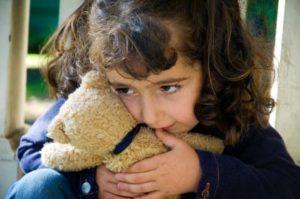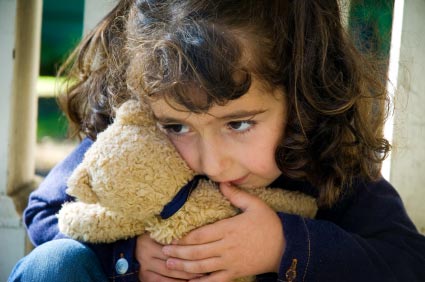
Briefly, the Childrens Code states that any suspicion of physical, emotional or sexual abuse needs to be reported, and those of us who are bound by both personal and professional standards report. Unfortunately, it appears that the only type of abuse investigators are trained to recognize and address is physical abuse – and that is generally established by brief interviews of adults in the home and the child(ren) who are said to be the victims. I worry that training has not been sufficient to help professionals assess emotional, verbal, and sexual abuse. The process of training – and of investigating – would take longer. That can be viewed as both a plus and as a minus. Time taken to more fully train – and more fully investigate – means better detection and follow through. it also means the resources are stretched thinner than they already are.
It begs the question – beyond a political football during election campaigns – how much are we really willing to make the safety and well-being of our children a priority?
How much are we really willing to make the safety and well-being of our children a priority?
CYFD social workers are generally under-trained, under-supervised and over-extended in their work. APD officers also face demands from the community – when protection isn’t sufficient we see all kinds of flaws in that sector of our public servants.
It is time for new dialogue – new commitment – and positive change from the top down. I would be glad to be part of that dialogue, and I feel sure other mental health professionals, teachers and community members in general would be glad to join the discussion and move toward bettering the evaluation and care of our children.
And that is a good first step. Then we might address the damage to children who fear reprisal and so recant – and children who are harmed by being pulled out of the home when they are innocent victims and perpetrators are left in the home. Or we could discuss the availabiity of therapeutic intervention – and the need to scrutinize how well offenders comply with court orders to get therapy.
I would rather invest time and money on these issues than on the sad task of investigating how the system is failing, resulting in the deaths of our precious children. I do believe we can effect change, make our politicians more accountable when funding is inadequate, help departments intended to address abuse be better trained and more accurate in their assessments – and teach parents, and future parents, how to be better parents. Are we up to the challenge?

It would be of benefit for moms and dads to attend parenting classes during the pregnancy whether it is their first or fifth child. If they are receiving medicaid, have a history of contact with CPS, or severe mental illness it could be mandated. This said with the understanding that child abuse spans all socioeconomic strata, but it might be harder to get private insurance companies to mandate classes. In other countries there is a prolonged algorithm for follow-up care for the moms and their kiddos. Australia is a perfect example. The continued care can extend for up to 5 years and includes home visits. Of course, a better funded CYFD would help tremendously as would more intensive training of its employees. Another thought is that during orientation for each new year of school the social worker could review with the parents realistic expectations of the child given his or her current developmental age and tips as to how to manage difficult moments with the child. Maybe a script for the parents could be provided that helped them find the words to either reassure the child or to set appropriate boundaries.